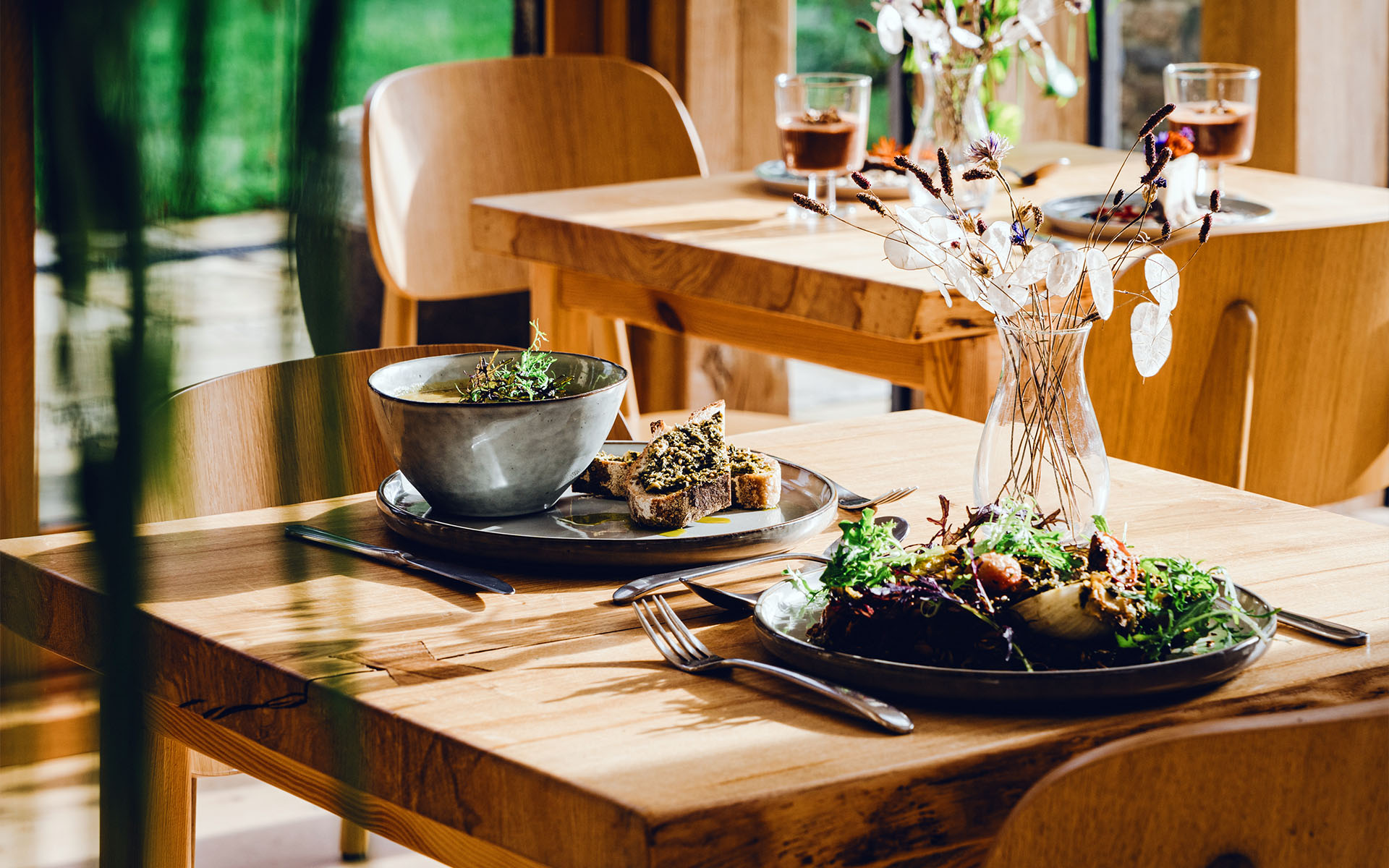Are you lost when it comes to thinking about what you will be eating for breakfast, lunch or dinner? Is it often quite a stressful process?
Here are 6 simple things to consider when choosing the best food fuel for you and your family.
1. Just add green
As the nutrient levels in foods continue to dwindle, we are encouraged to eat more vegetables (Aune et al., 2017). This can be a struggle for many, especially those with smaller appetites or less digestive function with regards to fibre breakdown. Simply adding leafy greens such as kale, spring greens, calvelo nero, kalettes, savoy cabbage and so forth to each main meal is the simplest way to increase your consumption. You may choose to add a similar quantity as a snack or in a smoothie.
2. Chew and savour
In today’s mad rush to do a million things at once, we often push the task of eating and refuelling to the bottom of the priority list. Digestion of food begins with the secretion of salivary amylase in the mouth. If we are wolfing down our lunch whilst dashing between meetings, we will certainly have suboptimal digestion of that meal. (Ehlert, Nater and Böhmelt, 2017). It would be better to wait until it’s calm again to get the most from the meal.
3. Only eat when hungry
Think about your hunger next time it comes, assess whether it is hunger of the stomach or hunger of the mouth or perhaps even hunger of the mind. From a young age we are ingrained with eating behaviours by those around us from whom we learn. The most common will be placating a nervous, bored, angry, frustrated or sad child with a sweet treat. This programming has a profound impact on us as we grow up and becomes our instilled behaviour as adults. As you can imagine, a childhood of being given smarties every time tears threaten will likely end up in a subconscious belief that smarties will solve emotional upset. Equally so, some may mistake hunger for anxiety and vice versa due to the physiological actions of the stress hormones released by the pituitary gland and adrenals; butterflies in the tummy as we may have been told as children. This can create a cycle of stress eating which is unhelpful as it will often result in malabsorption of nutrients and therefore storage.
Eating when hungry ensures we consume the correct quantity of nutrients for our needs. Breaking the mental and emotional ties to the physiological process can free us from weight mismanagement and suboptimal nutrition.
4. Pay attention to sensible cravings
Many of us have somehow lost the ability to truly listen to our bodies. Cravings for certain things will indicate what our body needs; chocolate chip cookies and lemon drizzle cake are not true cravings, they are a learnt, addictive behaviours.
Cravings for red meat, dark chocolate, vinegar and red kidney beans can indicate a need for iron. Cravings for dark green leafy vegetables can indicate a need for fibre, potassium and magnesium. Cravings for red and orange foods may indicate a need for carotenes, beta, alpha and lycopene which are antioxidants and precursors to Vitamin A. Craving for ‘wet’ foods such as cucumber, cereal with milk, soups and so on may indicate low water in the cells as well as extracellular fluid. Cravings for earth and soil often seen during pregnancy are associated with low mineral status. Cravings for fish, particularly oil, may mean cell membranes are lacking in EPA and DHA found in fish oils. A craving for salt may indicate dehydration and/or low adrenal function. Craving for sweet foods can suggest low blood sugar. Pay attention to true, honest cravings and go with them if they are for whole foods and nutrient rich. Marmite on toast probably doesn’t count!
5. Don’t even look at processed or ready made foods
Processed foods are contrary to the paleo way and our ethos at Wildfitness and we would always encourage real, natural whole foods instead. Processed foods tend to have higher calorific contents as well as lower fibre, lower phytonutrients and water soluble vitamins and have synthetic additives including folic acid, iron sulphate and other obscure molecules that are damaging to our systems. Next time you have a moment, look at the ingredients of a hot cross bun, a loaf of supermarket own brand sliced bread, a packet of Doritos. Many of these ingredients, although branded natural, are so processed and refined that they are largely unrecognisable to the body.
6. Think about your meal composition and your daily food intake
Not each meal has to have the same composition of macronutrients but taking into consideration the food types you are consuming each day helps you to make wise choices.
One way to think about it is to imagine you are strolling through the forests of Europe in mid spring - what might you find to eat? A small handful of nuts, a few strawberries, a tuber or two? Plenty of wild garlic, nettles, sorrel, a wild cabbage and some wild carrots. You might stumble upon a bird’s nest and enjoy a few eggs or catch a trout or salmon in a stream. Perhaps you may even find a fox feeding off a discarded carcass and chase it away to crack the bones for marrow. You might spy a wild mushroom or two and, on a really good day, a bee hive might provide you with a little waxy honey.
__
By Tatu Bearcroft.

